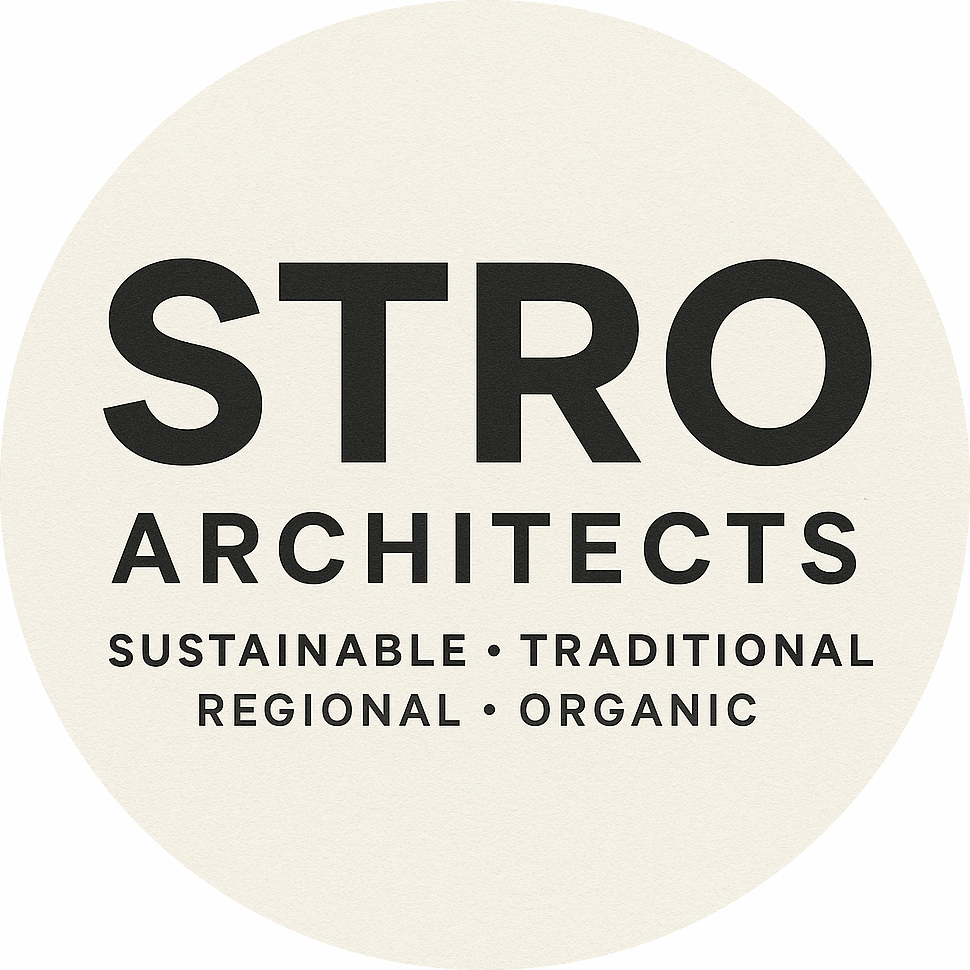Half-timber architecture uses a timber framework filled with a non-structural material, like straw-lime plaster, to create walls. The straw-lime mixture, also known as light straw clay or straw-clay, is an energy-efficient, natural insulation that is plastered over with a breathable, water-shedding lime finish to protect it and promote drying. This system creates a stable, moisture-regulating wall assembly that can be highly durable and sustainable.
Understanding the Components
•Half-Timbering:
A structural timber frame that creates distinct panels, which are then filled with a non-load-bearing material.
•Straw-Lime Plaster:
A composite material made from a mix of straw and clay (or mud) that is then coated with a lime plaster finish.
How it Works
1. Timber Frame:
The timber posts and beams form the building’s skeleton, providing structural support and defining the wall panels.
2. Infill Material:
The spaces between the timber frame are filled with a light straw-clay mix. This mixture acts as an insulating material, though the timber framing remains the primary structural element.
3. Drying:
After the straw-clay is in place, it must be allowed to dry completely. Cross-ventilation is crucial to ensure it dries thoroughly and rapidly.
4. Lime Plaster Finish:
Once the infill is dry, a thin layer of lime plaster is applied.
◦Breathability: Lime plaster is breathable, meaning it allows moisture to pass through the wall.
◦Water Resistance: It also sheds water, naturally protecting the wall from excessive moisture.
◦Durability: The lime provides a durable and natural finish to the wall.
Benefits
•Energy Efficiency:
Straw is a renewable, natural insulator, and when combined with lime plaster, the wall assembly is highly energy-efficient.
•Sustainability:
This method uses locally sourced, natural, and biodegradable materials, sequestering carbon in the building itself.
•Moisture Regulation:
The breathable nature of the lime plaster allows the wall to remain dry, promoting its long-term health and preventing issues like mold.
•Aesthetic Appeal:
The exposed timber frame and the natural appearance of lime plaster are highly valued in sustainable architecture.
